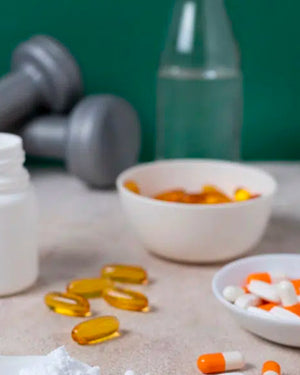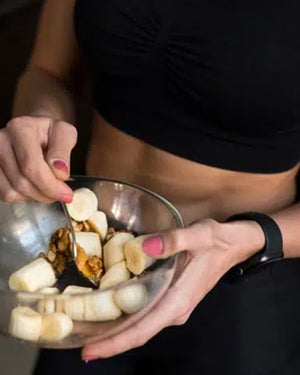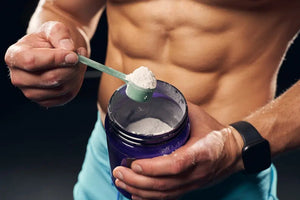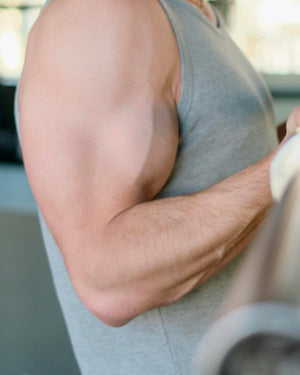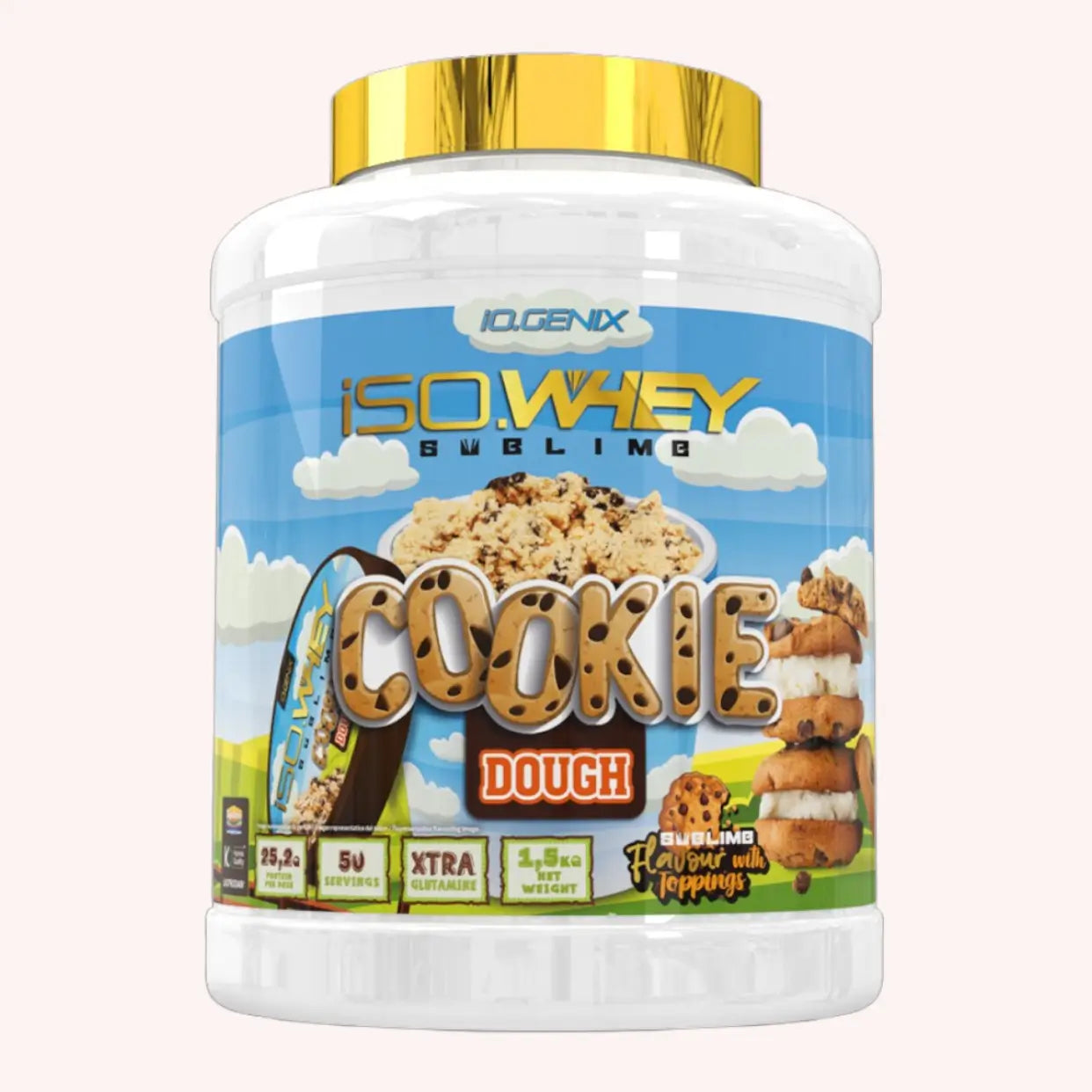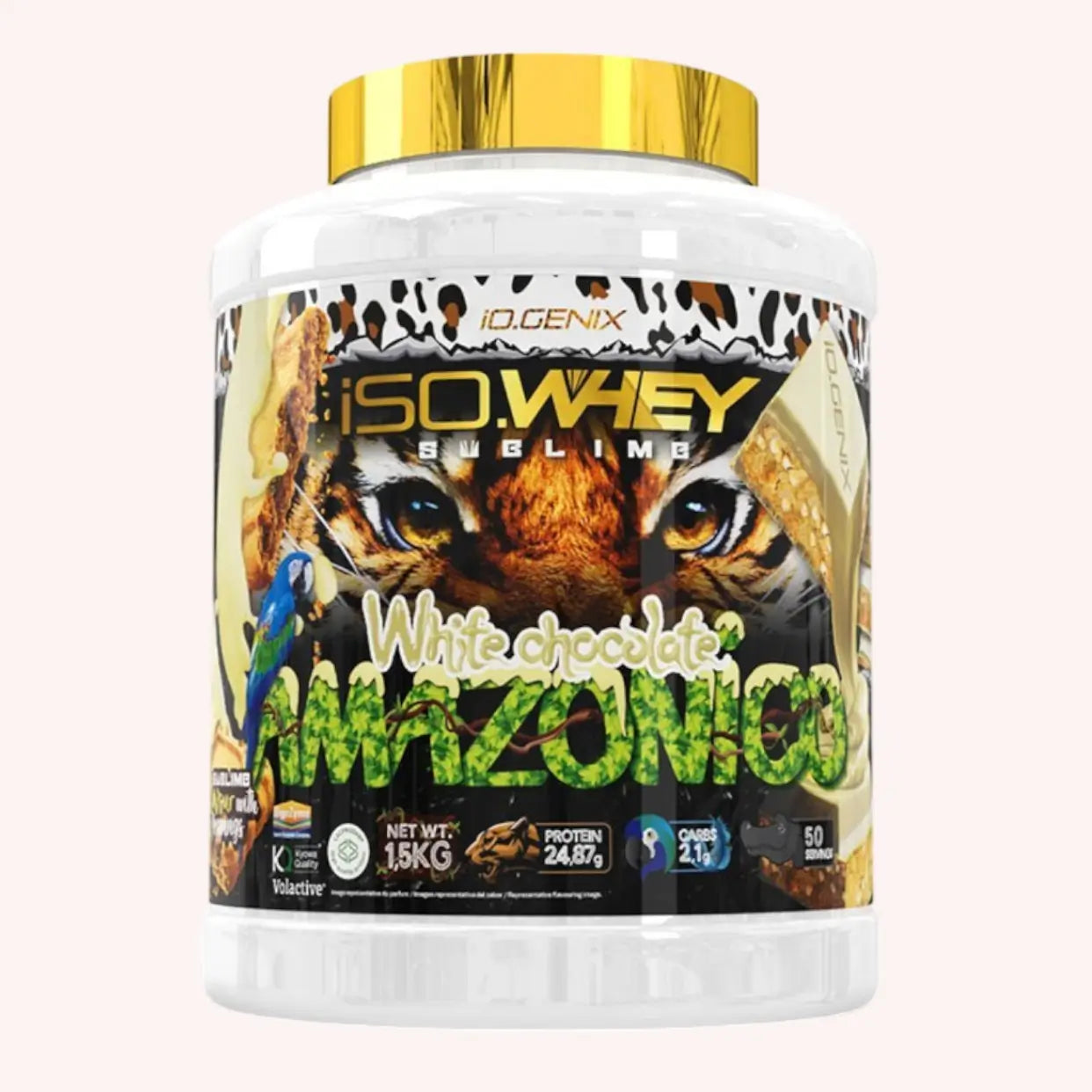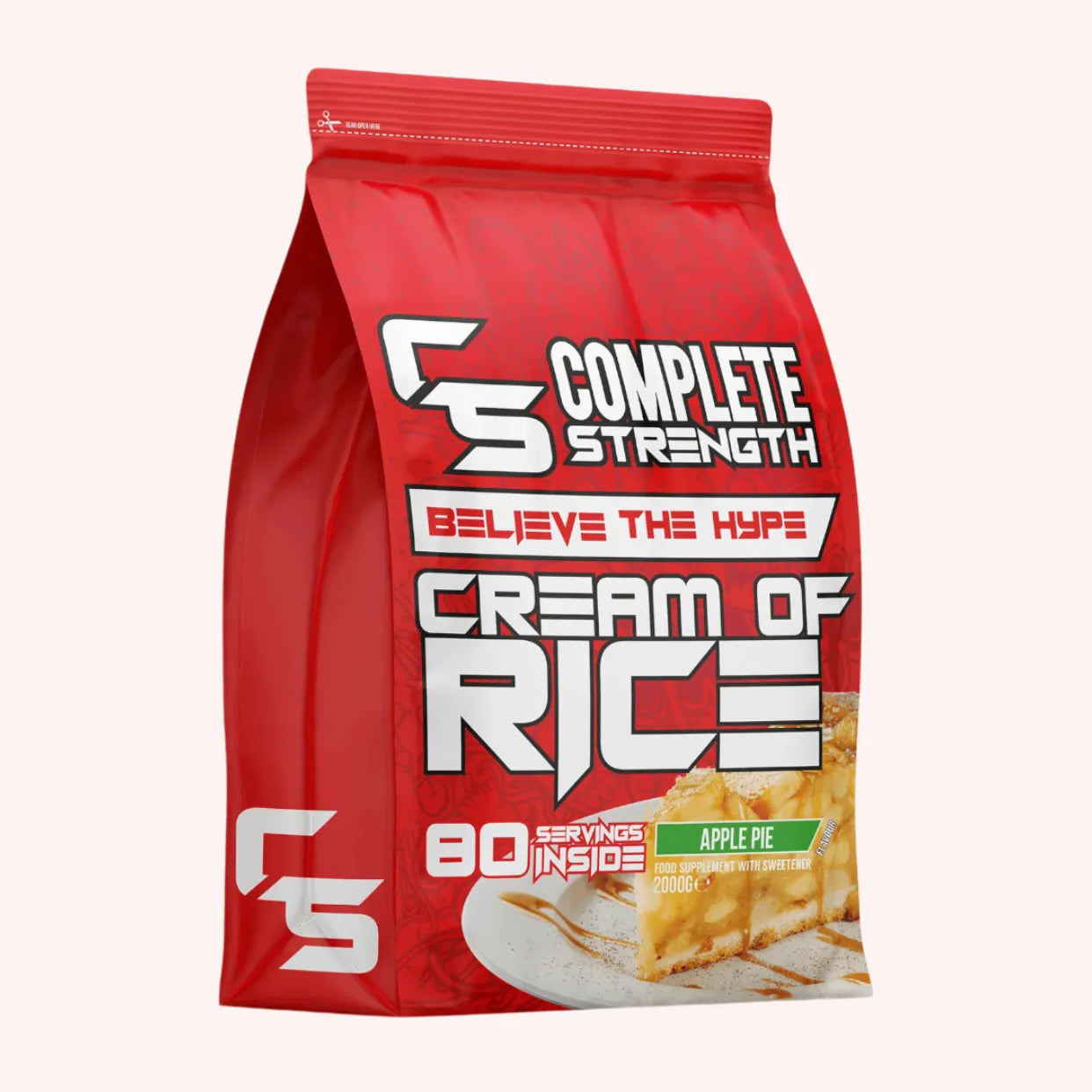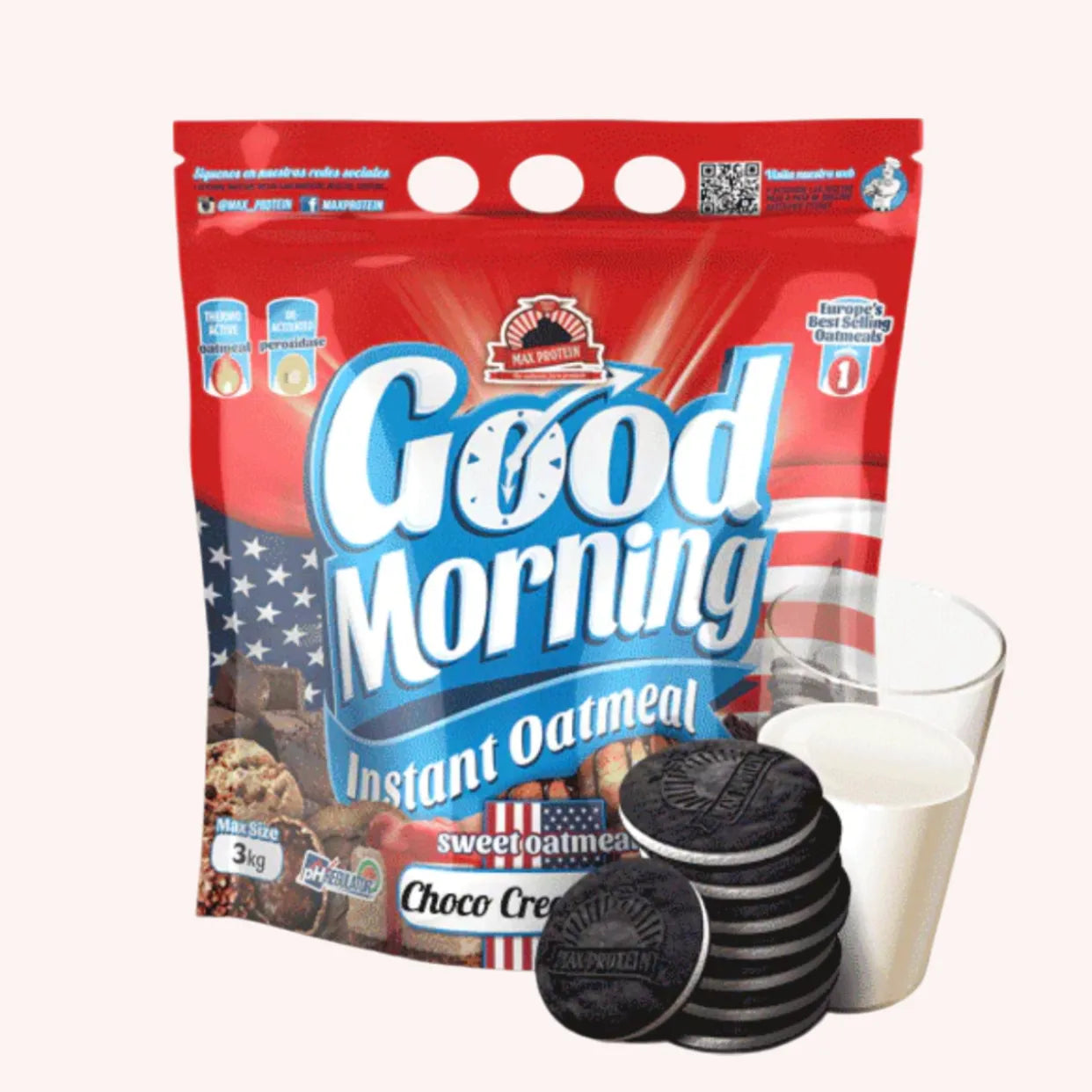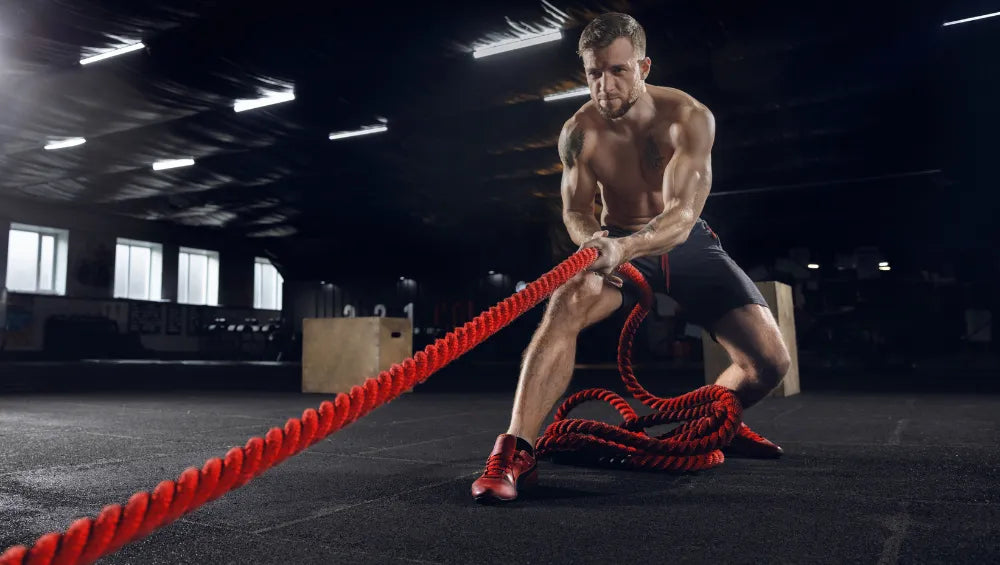Cutting is a key phase in the journey of bodybuilding enthusiasts seeking to reduce their body fat while preserving muscle mass. More than just weight loss, cutting allows you to reveal the work you've done in the gym.
However, this delicate stage requires rigor and precision, both in terms of nutrition and training. Let's discover together how to optimize this drying period.
What is cutting in bodybuilding?
Cutting comes after a mass gain , a phase where the practitioner increases his caloric intake in order to develop his muscles as much as possible. Once this stage is completed, the goal of cutting is to reduce fat mass without affecting the hard-earned muscles. To achieve this result, it is essential to maintain a balance between energy intake and physical expenditure.
During a cut, the goal is to create a controlled calorie deficit: This involves consuming fewer calories than the body burns. How to achieve a cut? It is recommended to aim for a weight loss of 0.5 to 1 kg per week to avoid muscle loss. This phase generally lasts between 8 and 12 weeks, depending on the initial fat level and personal goals.
How to structure your diet for a dry period?
Nutrition is one of the key pillars for successful cutting. An effective nutritional program must combine quality protein , healthy fats, and complex carbohydrates in the right amounts.
Proteins: Maintaining muscle mass
Protein is essential for maintaining muscle mass while cutting. It's recommended to consume approximately 2g of protein per kilogram of body weight each day. Preferred sources include chicken, fish, eggs, as well as supplements such as whey protein and protein powder . These provide convenient and quick support, especially after training.
Fats: Essential for balance
Fats shouldn't be eliminated. They contribute to hormone production and vitamin absorption. Choose unsaturated fats found in avocados, olive oil, or nuts. During a cutting cycle, they should represent approximately 20 to 30% of your total calorie intake .
Carbohydrates: Controlled energy
Carbohydrates remain important to support workouts, but their quantity should be reduced. Favor low-glycemic foods such as oats, brown rice, and vegetables. The right balance involves adjusting carbohydrate intake around workouts to optimize recovery without promoting fat storage. Discover our tips for bodybuilding sports nutrition .
What training program should you adopt during the cutting phase?
Training plays a central role in maximizing energy expenditure while stimulating muscle. The goal is to maintain the strength and muscle volume gained during the mass gain phase.
Bodybuilding: Maintaining heavy loads
Contrary to popular belief, it is recommended to continue lifting heavy loads in 8 to 12 repetitions , rather than switching to only long sets. This effort preserves muscle tissue as much as possible. To avoid overtraining, limit your sessions to 3 to 4 per week , with good recovery between each session.
Cardio: A strategic supplement
Cardio helps accelerate fat loss, but it must be done intelligently. Short, intense sessions, such as HIIT ( High-Intensity Interval Training ), are recommended to promote fat burning while minimizing the risk of muscle loss. Limit sessions to 2 or 3 times per week to avoid depleting your energy reserves.
Plan meal timing
While meal frequency is flexible, spreading protein out over several meals throughout the day can optimize absorption and promote recovery. A good practice is to include 4 to 6 meals per day , adjusting carbohydrate intake around workouts.
During periods of hunger, you can consume protein in the form of shakes or light snacks to avoid excesses. Whey is particularly useful in this context: It allows muscles to quickly recharge after exercise.
Common mistakes to avoid when drying out
- Cutting calories too quickly: Drastic reductions can lead to muscle loss and a drop in metabolism.
- Ditch the heavy lifting: Cutting weights can cause a loss of strength and muscle mass.
- Doing too much cardio: Excess cardio can promote catabolism and slow recovery.
- Ignore hunger cues: Listening to your body is essential. Planning a cheat meal every now and then helps maintain motivation without compromising your goals.
When to start a dry run?
Starting a cut at the right time is essential. It is recommended to start this phase when muscle mass is well developed and body fat exceeds 15% . This strategy ensures that the final result will be harmonious between mass gain and cutting .
Cutting in bodybuilding is an exercise in discipline and precision. By balancing a calorie deficit , tailored training, and a personalized nutrition plan, you maximize your chances of achieving a lean, sculpted physique.
To successfully complete this phase, take a gradual approach, closely monitoring your nutritional intake and maintaining your training loads. With a rigorous and well-planned strategy, cutting becomes a rewarding stage, revealing your consistent efforts in the gym.
Sources:
- Krediet RT, Smit W, Coester AM, Struijk DG. Dry body weight and ultrafiltration targets in peritoneal dialysis. Contribute Nephrol. 2009;163:90-95. doi:10.1159/000223785. PMID: 19494600 .: https://pubmed.ncbi.nlm.nih.gov/26695408/
- J aeger JQ, Mehta RL. Assessment of dry weight in hemodialysis: an overview. J Am Soc Nephrol. 1999 Feb;10(2):392-403. doi: 10.1681/ASN.V102392. PMID: 10215341 .: https://pubmed.ncbi.nlm.nih.gov/26695408/
- Raimann J, Liu L, Tyagi S, Levin NW, Kotanko P. A fresh look at dry weight. Hemodial Int. 2008 Oct;12(4):395-405. doi: 10.1111/j.1542-4758.2008.00302.x. PMID: 19090861 .: https://pubmed.ncbi.nlm.nih.gov/26695408/
- Guo Biomed Res Int. 2021 Feb 4;2021:6627650. doi:10.1155/2021/6627650. PMID: 33628794 .: https://pubmed.ncbi.nlm.nih.gov/26695408/
- Zhang Y, Zhang X, Li J, Liu X, Cui C, Yuan A, Yu Y, Yu C. Dry-weight reduction improves intradialytic hypertension only in patients with high predialytic blood pressure. Blood Press Monit. 2019 Aug;24(4):185-190. doi: 10.1097/MBP.00000000000000373. PMID: 30807307 .: https://pubmed.ncbi.nlm.nih.gov/26695408/
- Dolgos S, Hartmann A, Bollerslev J, Vörös P, Rosivall L. The importance of body composition and dry weight assessments in patients with chronic kidney disease. Acta Physiol Hung. 2011 Jun;98(2):105-16. doi: 10.1556/APhysiol.98.2011.2.2. PMID: 21616769 .: https://pubmed.ncbi.nlm.nih.gov/26695408/
- Tan SY, Curtis AR, Leech RM, et al. A systematic review of temporal body weight and dietary intake patterns in adults: implications on future public health nutrition interventions to promote healthy weight. Eur J Nutr. 2022 Aug;61(5):2255-2278. doi:10.1007/s00394-021-02791-x. PMID: 35098326 .: https://pubmed.ncbi.nlm.nih.gov/26695408/
